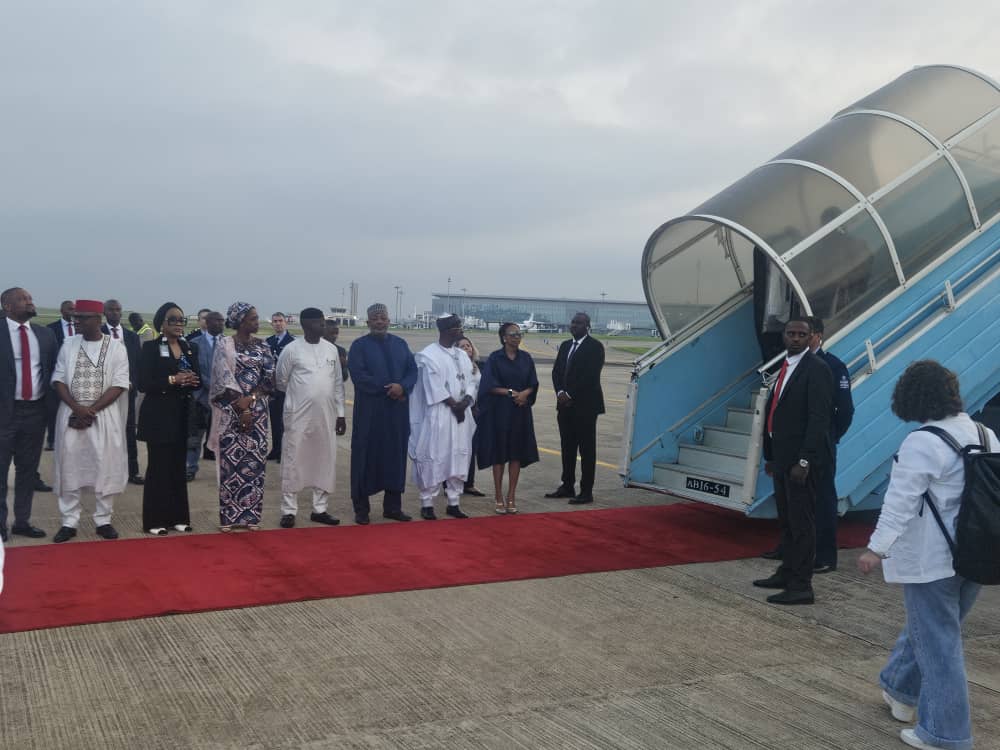Africa's Aviation Sector to Withstand US Travel Restrictions, Demand to Grow 8%-IATA
The newly instituted US visa bans targeting certain African countries are expected to have a limited impact on the continent’s aviation industry.
“As the industry eyes growth, success will depend on targeted investments, policy reform, and international cooperation to address the chronic supply bottlenecks and financial constraints undermining long-term development,” IATA says.
While the overall US$ 0.1bn profit margin reflects progress compared to previous years, major obstacles still hinder sustained growth in the African air industry. According to IATA, chief among them is a widespread scarcity of aircraft and spare parts, which has triggered potential disruptions in operations. Airlines across the continent report ongoing struggles to secure the components required for maintenance, leading to delayed services and elevated operational risk.
The fragmented nature of the African aviation sector, coupled with the typically small fleet sizes of carriers, compounds the challenges. These conditions deter the development of centralized spare parts hubs, forcing airlines to rely on costly and time-consuming procurement from overseas. The shortage of aircraft deliveries has further dampened expansion plans.
In 2025, 1,692 aircraft are expected to be delivered. Although this would mark the highest level since 2018, it is almost 26% lower than estimates made a year ago for this year.
“Further downward revisions are likely, given that supply chain concerns are expected to persist in 2025 and possibly to the end of the decade,” notes IATA.
In 2024, Kenya’s national carrier, Kenya Airways returned to profitability after years of loss making, having posted a net profit of KSh 5.4 billion in 2024—its first since 2012.
“We are committed to building a robust and modern fleet that supports our vision for growth,” said Allan Kilavuka, Kenya Airways Group Managing Director & CEO.
Earlier in the year, he said KQ is actively pursuing opportunities to expand its fleet through strategic partnerships with leading aircraft manufacturers and lessors. The airline is engaged in advanced discussions to secure additional aircraft, focusing on narrow and wide-body models offering increased seat capacity and operational efficiency.









